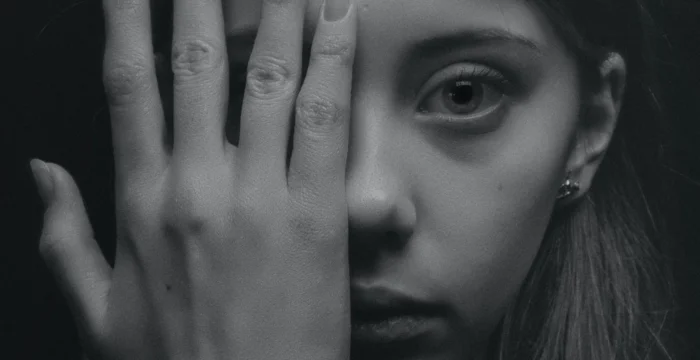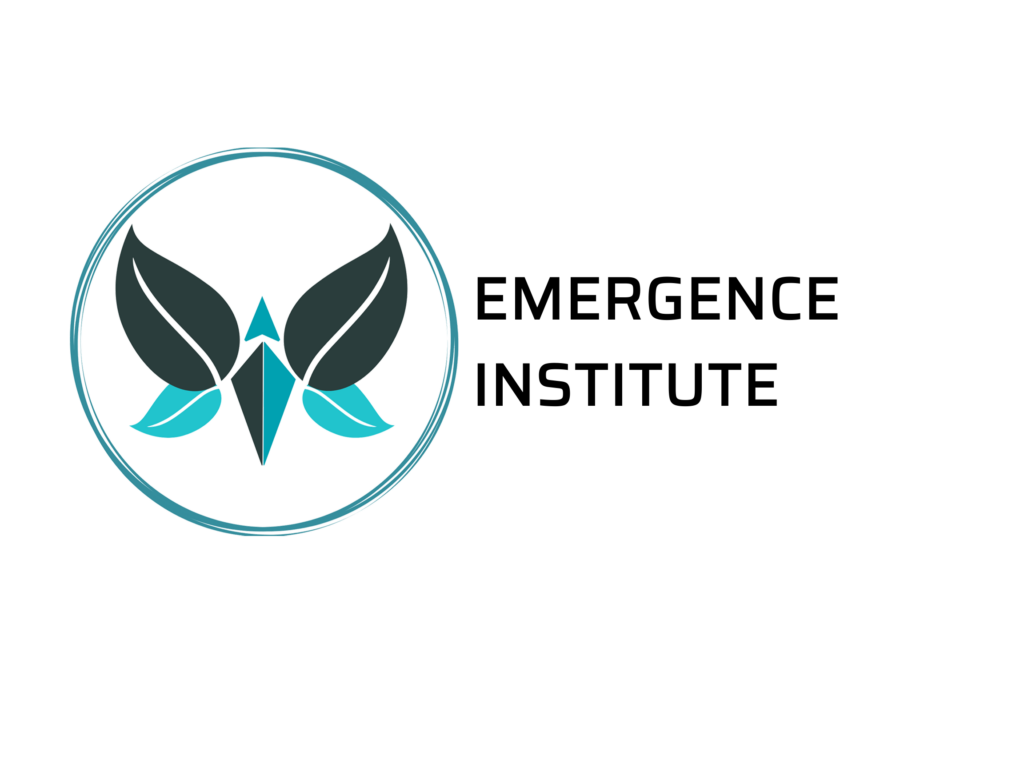We Become More Because of, Not Despite, our Limitations

I’ve begun a daily grieving practice to at least acknowledge what is being lost, and the transitions we’re beginning to fathom will be required of us.
I wonder, given all this, will I ever be who I’m meant to be? with my deepest desires to contribute my greatest potential?
And I know, in my boundless yearning, that the only thing required is to continue to reconcile the parts of me that are still unresolved, unacknowledged, or unaccepted.
To be all that I’m meant to be just means I need to wake up to all that’s already here. Boldly.
Perfection of Childhood Patterns
“You get 10 extra points on the quiz for these bonus questions,” the honors history teacher said loudly. It seemed she was speaking to the blackboard as chalk dust floated outward as she erased the day’s scribblings.
The brown-eyed boy with big cheeks next to me rolled his eyes. “Let me guess who’s gonna get the bonus points,” he said, sneering at my attempt to record the bonus questions before chasing the bell.
He knew, as I did, that I didn’t need the extra credit. It was just my way.
I didn’t know at the time that my over-efforting and compulsion to do well in school was a result of the chaotic, abusive family in which striving for perfection was the only antidote to the yelling, judging, demeaning and dysfunction of a family that didn’t know how to love well.
Becoming What We Need
At some point in childhood, the vast majority of us are forced to shut down essential versions of ourselves to accommodate the dysfunctions of our family.
We often demeaned ourselves in front of abusive parents to protect ourselves or another parent or sibling.
We met the expectations of a parent whose long lost dreams were fulfilled through us. We attempted to be a source of pride for their own self-critical nature.
We became perfectionists to avoid the backlash of ridicule or rejection that could be metered out at any moment.
Most children are unaware of the rejection of some part of themselves, or the formation of other parts that help them survive.
Katie’s alcoholic dad would beat her mom in front of her and her sister. While her mom was incapable of protecting herself or her two daughters, Katie found it easiest to make herself small to stay out of the range of her father’s rage.
But she also learned to be a helper and facilitator, as a way to support and nurture her mother who was nearly strangled a few times.
She became what others needed her to be.
The essential part of her that was wild and free, bold and creative was stuffed way down inside and left behind.
The remaining parts of Katie could then more easily become the parentified child. She become the capable, organized and nurturing young woman who quickly succeeded in becoming “useful” to others and who succeeded in the business world.
We Become Fractured, in Order to Save the Whole
I work with clients to illuminate and nurture their fractured, sub-psychic parts.
We are attempting to reconcile the rejection, isolation and distancing of that earliest essential child part. What a therapist might call your “inner child” is usually the part that’s pushed aside, unexpressed.
And to fill the gap, other parts are newly created to “lead the troops” (all the other fractured parts) in the best way they know how, to serve in their family of origin with all its inherent dysfunction.
These childhood parts do what they do best, serving as Protectors, Firefighters, or Exiles, according to Richard Schwartz of the acclaimed Internal Family Systems model of therapy.
They are “archetypes of survival” in a family system that doesn’t want us to be fully ourselves.
IFS and its associated therapeutic techniques aim to acknowledge and reintegrate the childhood parts that were either abandoned (exiled) to the background, or forced to create alternate coping mechanisms (protectors, firefighters) to support the child in their non-functional contexts.
IFS and other models of “parts” work (including Voice Dialogue developed by Drs. Hal & Sidra Stone in the 1970s,) has its roots in Carl Jung’s approach to the human psyche.
These models aim to uncover these unacknowledged and invisible “parts” of us so that we can find our way back to a more integrated whole way of living that honors and nurtures all parts.
“No Bad Parts”
Richard Schwartz’ recent book by this name (No Bad Parts, 2021) suggests that even when our parts have served as controlling, rigid, overbearing or authoritarian parts (or a cacophony of other ways our parts might show up with questionably “useful” roles,) all parts are good parts.
They each served us in some way during childhood, or they wouldn’t have emerged.
The challenge is that we don’t know about them until we grow up and they become dominant in a context where it’s no longer useful, or hold us back because of our need to outgrow the complacent part.
These parts are what we’d consider “shadowed,” or unseen and unacknowledged to our conscious mind.
And at some point in adulthood, if you’ve grown up well, that part is no longer needed to protect the innocent and exiled essential child part.
Our patterns of response and reaction are based on childhood learning about how to create safety.
As children, we attempted to limit the exposure to threats through certain behavior.
We made ourselves quiet or small. We literally hid in places we wouldn’t be seen (the outdoors and a laundry hamper were my favorite escapes!).
We made friends with powerful figures who could protect us. We dissociated from our real-world experience to minimize the impact of the harm.
So our continued reaction to the world, even in adulthood, is based on these patterns and predefined behaviors, until we learn there is a different way.
Waking up to the possibility that those patterned reactions will no longer be needed happens when we outgrow the need for safety.
But often the Protector part doesn’t know it, and continues to try to protect you. And often the exiled child doesn’t know it’s safe to come home either.
What happens when the parts aren’t aware that they can stop playing these roles?
They just keep playing them, and the same patterns created in childhood to respond to early dysfunction keep repeating themselves over and over and over.
Until something happens in our life that requires us to confront the part(s) that are no longer useful. When we (or someone in our lives) can no longer tolerate the old repeating patterns, we’re forced to take a look at the shadows of our small self.
The Purposeful Gift of the Shadowed Part
There’s a strange phenomenon, though, about these parts and the way they’re created.
All fractured sub-psychic parts serve us in 2 ways:
- In childhood, they allow the threatened rejected essential part of the child to hide, given it is truly unsafe for the child to remain present in its innate form, thereby actually protecting the child from current or future harm, and
- The newly dominant part (Protector or Firefighter) also serves an essential function in creating “perceived” safety, but also in garnering capacities that wouldn’t have been gained by the child had it not existed. For instance, a Protector part who is a Spokesperson for the child would likely gain experience in speaking in front of others, saying what needs to be said, voicing concerns and gaining confidence. The part may also be boastful or narcissistic, but generally the Part provides some utility for the child until it no longer serves.
In this case of a Spokesperson Part, the benefits outweighed the challenges during childhood, yet these odds might shift during late adolescence or early adulthood when parallel play and cooperation become significant elements of functional behavior.
We often tend to think of “shadow” parts of our unconscious personality as bad, evil or wrong.
In this case, we can imagine that a child with a dominant Spokesperson part who stood up for the child may have been useful during a younger version of herself, but less collaborative as she moves into adulthood.
Thus, shining a light (and love) onto the fractured parts, coming to understand the function they played in a human life, and gaining an awareness of how best to acknowledge, nurture, and reintegrate all the parts of that adult would serve best to help that adult become more whole and lead a fulfilling life.
While archetypes (Protectors, Firefighters, Exiles, or any of the myriad other archetypes that are used now to express our inner parts) are useful, they aren’t nuanced enough to explore and release the specific belief systems that each part holds tightly as its survival mechanism.
Nor do the generalized archetypes (often called Critics, Controllers, Sages etc) help to identify the extremely nuanced gift that the person can now claim as gifts or expressions of their purpose.
It’s so much more useful to gain a distinct sense of the parts, rather than depend on generalized archetypes as is often being practiced now in coaching or therapy.
We Become More Because of, Not Despite, Our Limitations
My small child turned adult who became adept at pushing herself into more and more outrageously thin slices of perfection eventually created a disordered sense of self. Compulsions and obsessions led to eating disorders, depression and suicidal ideation, and near-total rejection of true self.
Many years of therapy and decades of healing and trauma recovery finally led to acceptance of my inner child whose essential aspect was delight.
The gift of the shadow was the development of perseverance, a commitment and a longing to make a difference in the world, and the willingness to go to great lengths to contribute my greatest gifts. I also gained deep capacity as a healer myself, and came to understand how to find the gift in the shadow to help others learn how to make their greatest contribution.
And, of course, I’m still doing my work, peeling another layer of onion in each phase to become even more whole.
The Two-Sided Coin: Shadow Leads to Gifts
Our wound is just the shadowed version of the gift of our purpose.
This is what I call The Golden Thread of purpose.
The Golden Thread of purpose is where the shadow of our childhood wounding becomes the very real gifts, talents and expression of purpose that guides us in our direction in the world.
In our attempt to overcome the hurdles of childhood and early life, we seek the opportunities designed perfectly to become who we’re meant to be.
We are more whole, more gifted, more useful in the world, in fact, because of those hurdles, than we would have been if we’d had simpler, easier paths to follow.
I often feel very blessed to have had the hurdles to overcome throughout my life, as it forced me to develop capacities I may not have developed otherwise.
Through exploration and acceptance of these inner parts of you, we can each find our way to a whole version of ourselves.
We Each Have a Golden Thread
Your soul longs for its greatest expression.
The longing you sense is the higher potential of you, or the higher vibratory existence, that exists just beyond your reach.
It is always available.
We have limitless access to master the abilities that live within us, if we only become who we’re truly meant to be.
Parts and all.
Recent Blog Posts

About The Author
I’m the Author of the bestseller, The Golden Thread: Where to Find Purpose in the Stages of Your Life. Download this free audio course to learn about your own Golden Thread of purpose.
I am a purpose activator and catalyst. I warn people they shouldn’t be near me unless they want to become a new version of themselves. That scares some people, delights others.
I’ve spent my life imagining a world where we could all become who we’re meant to be, awake and alive in a way that allows us to express our most innate, natural and purposeful gifts. I’m the creator and dreamer behind the Purpose Flywheel™.
Stay tuned or contact me to get started now.




